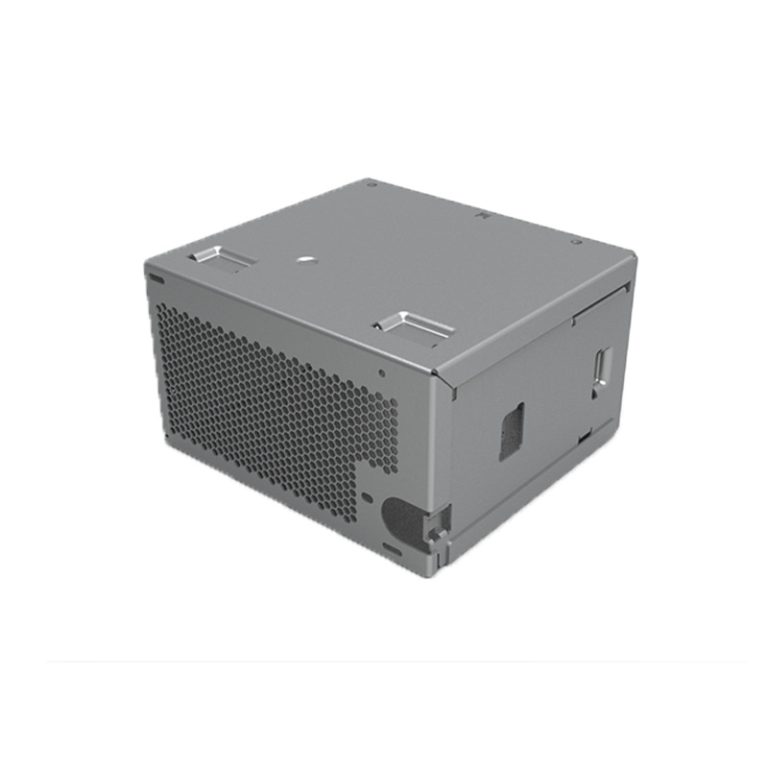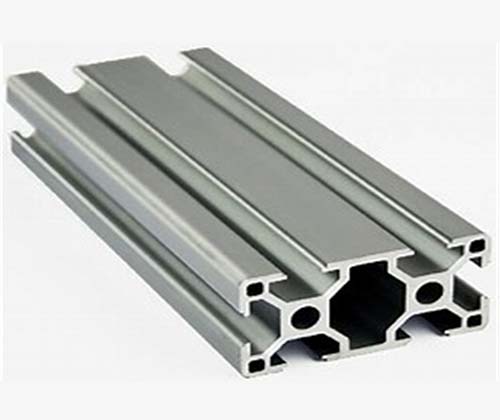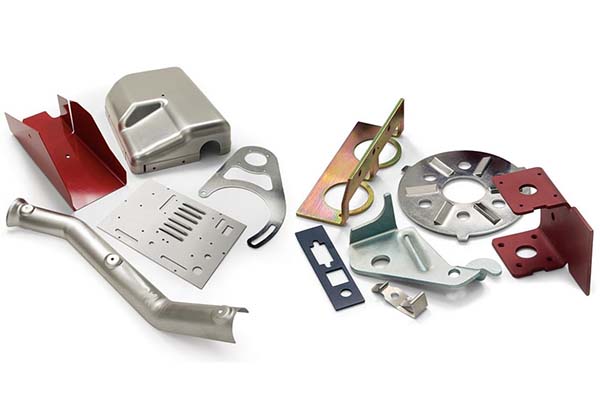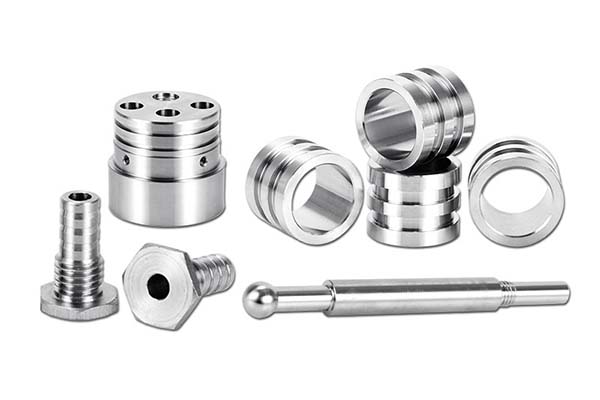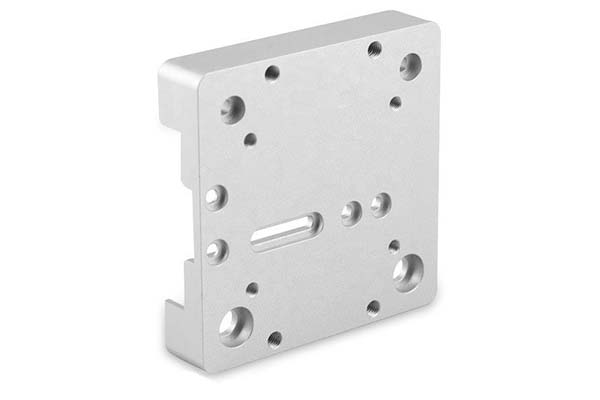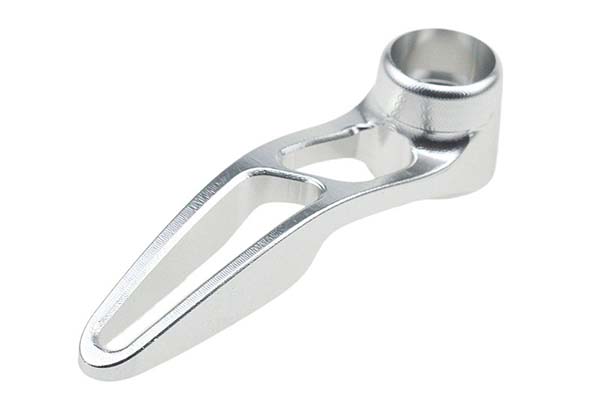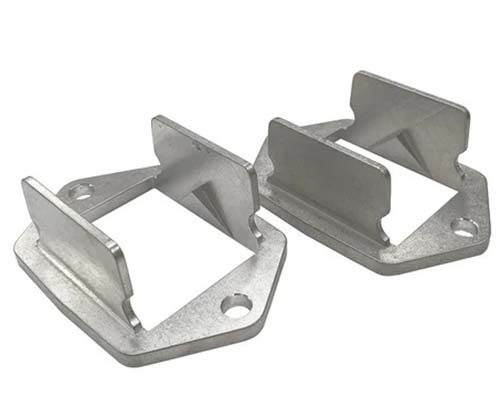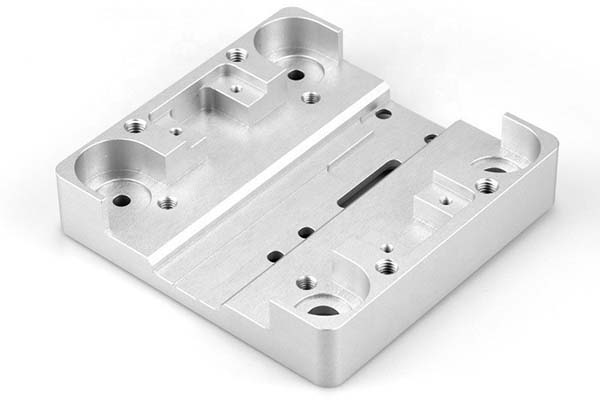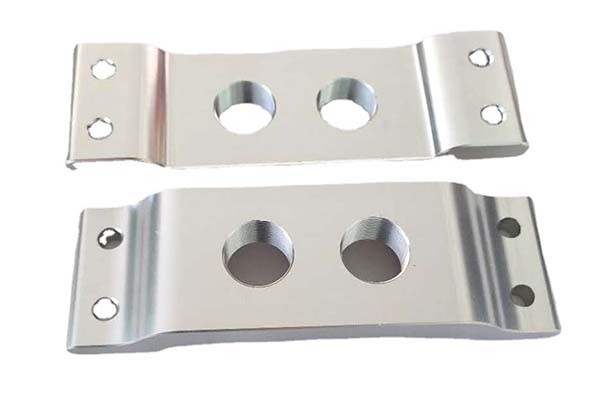Manufacturers seeking a balance between strength, corrosion resistance, and formability often hit a wall with standard aluminum alloys. Some materials offer strength but crack during forming; others form well but fail in harsh environments. This is where Metal Stamping 5052 (Mg Alloy) stands out. As an aluminum-magnesium alloy, 5052 delivers a rare combination of durability and workability—yet stamping it requires expertise to avoid edge cracking and springback. In this guide, we’ll tackle these challenges, exploring 5052’s properties, techniques, and applications to help you achieve consistent, high-quality results.
Material Properties of 5052 Aluminum-Magnesium Alloy
5052’s performance stems from its 5052 aluminum alloy composition: 95% aluminum, 2.5% magnesium, and trace amounts of chromium. This blend creates a Mg alloy (Al-Mg) with standout properties:
- Mechanical Strength: Tensile strength of 230–300 MPa and yield strength of 170–210 MPa, outperforming pure aluminum while remaining formable.
- Corrosion Resistance: Among the highest of non-heat-treatable aluminum alloys, thanks to magnesium. It resists saltwater, making it ideal for marine and automotive applications.
- Formability: Balances ductility with strength, allowing for deep draws and complex bends—though not as flexible as 1100 or 3003.
- Work Hardening: Strengthens when cold-worked, which can enhance part durability but requires careful process control to avoid brittleness.
A quick comparison clarifies its niche:
| Property | 5052 Aluminum | 6061 Aluminum |
| Tensile Strength | 230–300 MPa | 290–310 MPa |
| Corrosion Resistance | Excellent | Good |
| Formability | Very Good | Moderate |
| Weldability | Excellent | Good |
This makes 5052 vs 6061 aluminum for stamping a choice between corrosion resistance (5052) and higher strength (6061).
Metal Stamping Techniques for 5052 Alloy
5052’s unique properties demand tailored approaches:
- Deep Drawing 5052 Aluminum: Achievable with draw ratios up to 2.5:1 (lower than 1100 but higher than 6061). Use medium press speeds (15–20 strokes/min) and apply lubricants with high film strength to prevent galling.
- Bending and Forming 5052 Sheet Metal: Account for springback (3–5 degrees, more than pure aluminum). Over-bend by 1–2 degrees and use bottoming dies for sharp angles to ensure accuracy.
- Progressive Die Stamping for 5052: Ideal for high-volume parts like automotive brackets. Include annealing steps every 3–4 stations to counteract work hardening, maintaining ductility.
- Hydroforming 5052 Aluminum: Uses fluid pressure to shape complex parts, reducing tooling costs for low-volume runs. Particularly effective for fuel tanks and curved panels.
Applications of Stamped 5052 Aluminum
5052’s versatility shines across industries:
- Marine Components: Boat hulls, hatches, and hardware rely on its saltwater resistance.
- Automotive Stamped Panels: Door skins, fenders, and fuel lines benefit from its strength-to-weight ratio and corrosion resistance.
- Aerospace Lightweight Parts: Interior panels and structural brackets reduce aircraft weight without sacrificing durability.
- Electronics Enclosures: Protects sensitive components from moisture and impact, with good EMI shielding properties.
Each application leverages 5052’s ability to withstand harsh conditions while maintaining formability.
Challenges & Solutions in Stamping 5052
Overcoming 5052’s quirks ensures successful production:
- Preventing Edge Cracking: Use sharp, polished dies with 8–10% clearance (higher than pure aluminum). Deburr blanks before forming to eliminate stress risers.
- Lubrication for Mg Alloy Stamping: Apply chlorinated or synthetic lubricants to reduce friction. Avoid mineral oils, which can react with magnesium.
- Springback Control: Use computer simulations to predict springback, adjusting die angles accordingly. For critical parts, conduct test bends to calibrate over-bend values.
- Tool Wear: 5052’s magnesium content increases abrasiveness. Use carbide tooling or nitride-coated steel to extend die life by 30–50% compared to standard tool steel.
- Optimal Annealing: Heat to 343°C (650°F) for 1 hour, then air-cool, to restore ductility after heavy work hardening—critical for complex parts requiring multiple forming steps.
Industry Standards & Quality Assurance
Maintaining quality with 5052 requires strict adherence to standards:
- ASTM B209 (5052 aluminum): Defines chemical composition and mechanical properties, ensuring batch consistency.
- AMS Standards: AMS-QQ-A-250/8 specifies requirements for aerospace-grade 5052, including stricter corrosion testing.
- Surface Finish: Aim for Ra ≤ 1.6 μm for functional parts; decorative applications may require Ra ≤ 0.8 μm. Use visual inspections and profilometers to verify.
- Non-Destructive Testing (NDT): Eddy current testing detects surface defects, while ultrasonic testing checks for internal flaws in thick components.
- Dimensional Tolerances: Critical features (e.g., hole positions) should meet ±0.02 mm, verified with CMMs.
Yigu Technology’s Perspective
As a custom manufacturing supplier in China, Yigu Technology specializes in Metal Stamping 5052 (Mg Alloy) for marine, automotive, and aerospace clients. We optimize tooling clearance and annealing cycles to prevent cracking, using carbide dies for extended life. Our quality control includes salt spray testing (per ASTM B117) and dimensional checks, ensuring 5052 parts meet your performance and durability requirements.
FAQs
- How does 5052 compare to 304 stainless steel for marine parts?
5052 is lighter (1/3 the weight) and more formable but has lower corrosion resistance in extreme saltwater. Choose 5052 for cost and weight savings; 304 for harsher marine environments.
- Can 5052 be painted after stamping?
Yes, but clean surfaces thoroughly (remove oxide layer with chromic acid etch) and apply a primer designed for aluminum to ensure adhesion.
- What’s the maximum thickness for stamping 5052?
Practical for sheets up to 3 mm thick. Thicker material (3–6 mm) requires heavier presses and may need pre-heating to 120–150°C to improve formability.
